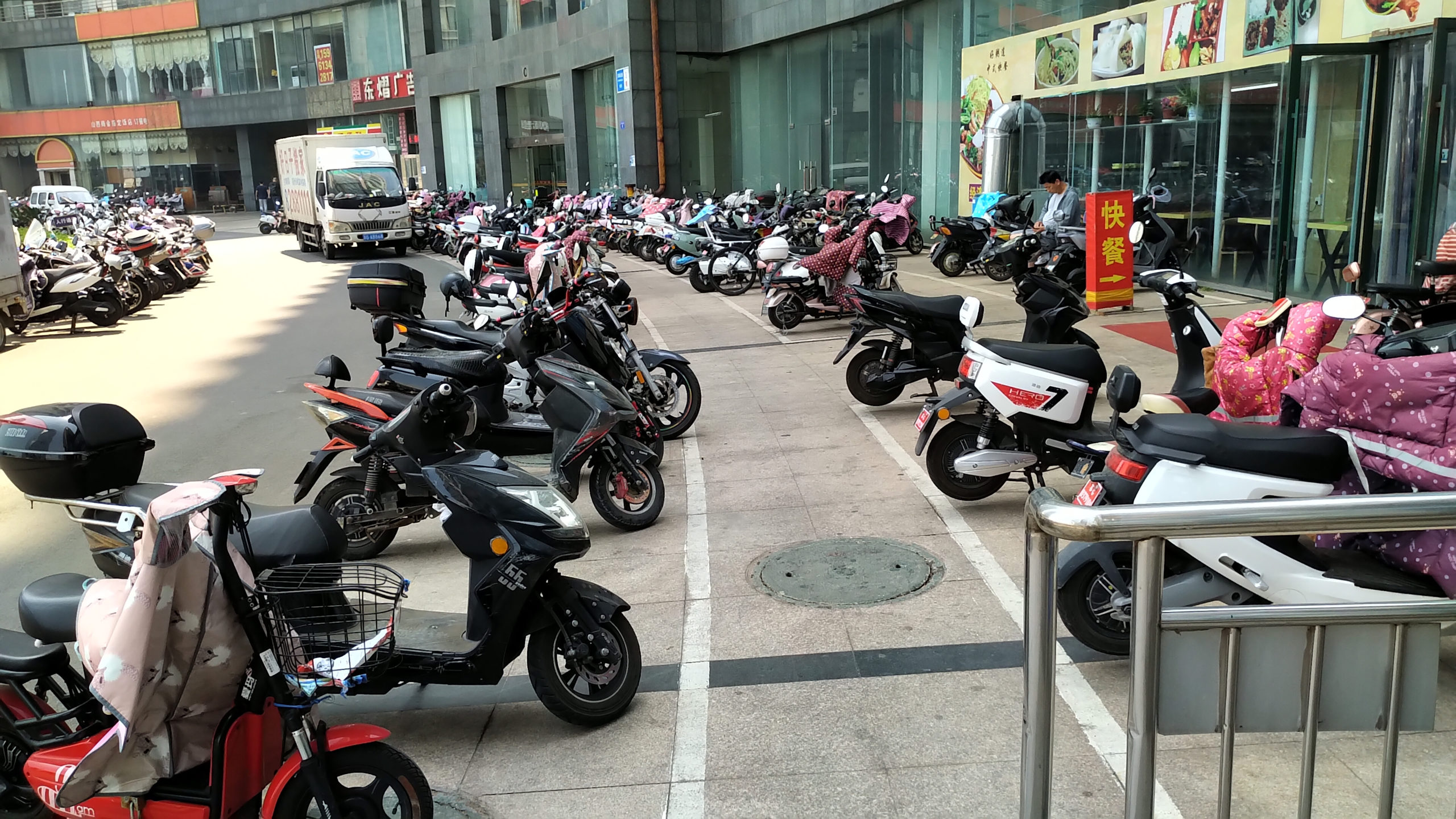Huw Roberts, analyst at CHR Metals and ELBC speaker, sets out the opportunity for lead battery powered e-bikes to win a sizeable share of emerging markets for e-mobility across Asia.
May 25, 2022
Plenary speakers at ELBC include global market experts. Here Huw Roberts, analyst at CHR Metals who is speaking at ELBC in Lyon in September, sets out the opportunity for lead battery powered e-bikes to win a sizeable share of emerging markets for e-mobility across Asia. You can find out more about this in Huw’s presentation in the Plenary Session on Thursday 8 September.
++
In April 2019 China introduced a new national standard for two-wheel e-bikes limiting total weight to 55kg, including batteries, and setting a maximum speed of 25km/hr. At this time, most of the country’s active e-bike fleet, numbering almost 200 million, was powered by lead batteries. There were many who foresaw the demise of lead battery powered e-bikes in China as a consequence of the new standard.
While the 2019 standard was aimed principally at improving safety for users of e-bikes, pedal cyclists in bicycle lanes, pedestrians and other road users, lithium battery manufacturers saw the low maximum weight as the catalyst to force designers of e-bikes to switch from specifying lead to lithium battery power. For lead producers and battery makers this threatened the loss of a market currently accounting for well over 1 million tonnes refined lead per annum. (Batteries powering e-trikes in China require at least as much lead again.)
However, developments in China’s e-bike market since 2019 have not seen the rapid demise of lead battery power. In fact, current estimates prepared by CHR metals are that e-bike batteries, OE and replacement, continue to require around 1.1 million tonnes per annum of refined lead. There are three reasons for this.
The first is that, contrary to expectations, lead batteries continue to be fitted in so-called “new style” e-bikes, those that meet the 2019 standard. In some cases, this is because smaller lead battery packs are being used, for example 36V 12Ah rather than the more standard 48V 12-20Ah pack, but battery makers have also responded with some innovations increasing the power density of lead batteries. And lead batteries continue to be significantly cheaper than lithium batteries.
The second is that along with the new standard for smaller e-bikes, official standards for e-mopeds and e-motorcycles were also introduced. No weight limits apply to these although riders are required to hold a license and insurance and are not permitted to use dedicated cycle lanes. E-mopeds and e-motorcycles are very similar to the older e-bike models that made up most of China’s e-bike fleet before 2019. With no weight limit there is no reason to prefer more expensive lithium over lead batteries.
Finally, the requirement to replace e-bikes not meeting any of the three new standards within the next year or two has resulted in a jump in the sales of all e-bikes. From annual sales of around 30 million between 2015 and 2018, there was an increase to 48 million in 2020 and almost 50 million last year. While the overall share of lithium battery powered e-bikes has increased, due to the rise in total sales more lead battery powered e-bikes are now being sold than was the case few years ago, albeit that the average size of the battery pack is smaller than before. Going forward, we expect lead batteries to remain prominent as a means of powering a large share of e-bikes, perhaps even recovering some ground from lithium batteries owning to rising prices for these batteries, concerns over their safety and improved performance by lead batteries.
There is an opportunity for lead battery powered e-bikes to win a sizeable share of emerging markets for e-mobility in many other countries in Asia which face challenges of urban pollution and climate change targets. For this to happen, action is needed to persuade governments, e-bike and battery manufacturers, NGOs and other stakeholders of the many advantages of lead battery powered e-bikes, and then to offer well designed and engineered e-bikes to customers who, today, remain sceptical of e-bikes as a good alternative to their motor scooters and motorcycles.





